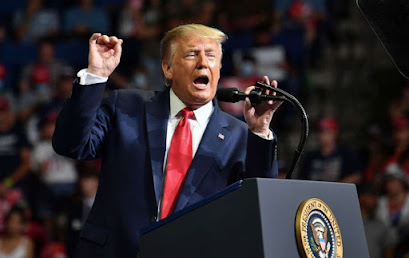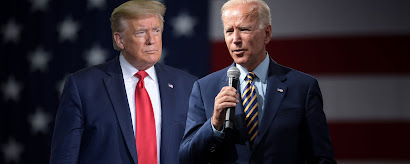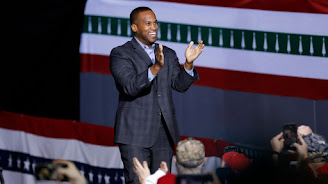The Shifting Electoral Winds

Today, I launched my electoral forecast on my main website, FDL Review . After extensive data collection and hours of calculations, I arrived the following electoral tally: 219 votes for former Vice President Joe Biden, 205 for President Donald Trump, and 114 "tossups." After assigning the tossup states to the candidates nominally leading in each of them, Biden comes out with a slight lead: 297 to 241. However, this apparent advantage obscures the fact that the 2020 race is really a 50/50 contest. Seven months ago, it looked like Trump would win in a landslide. Two months ago, it looked like he would lose in a landslide. Now, the outcome is far less obvious and the momentum is with Trump. Nate Silver's model —which is admittedly much more advanced than FDL Review's—gives Trump a 30% chance of victory, up from 21% on June 29th. Silver said that the forecast would shift away from Trump over time because of the corresponding decline in uncertainty, unless Trump improve



